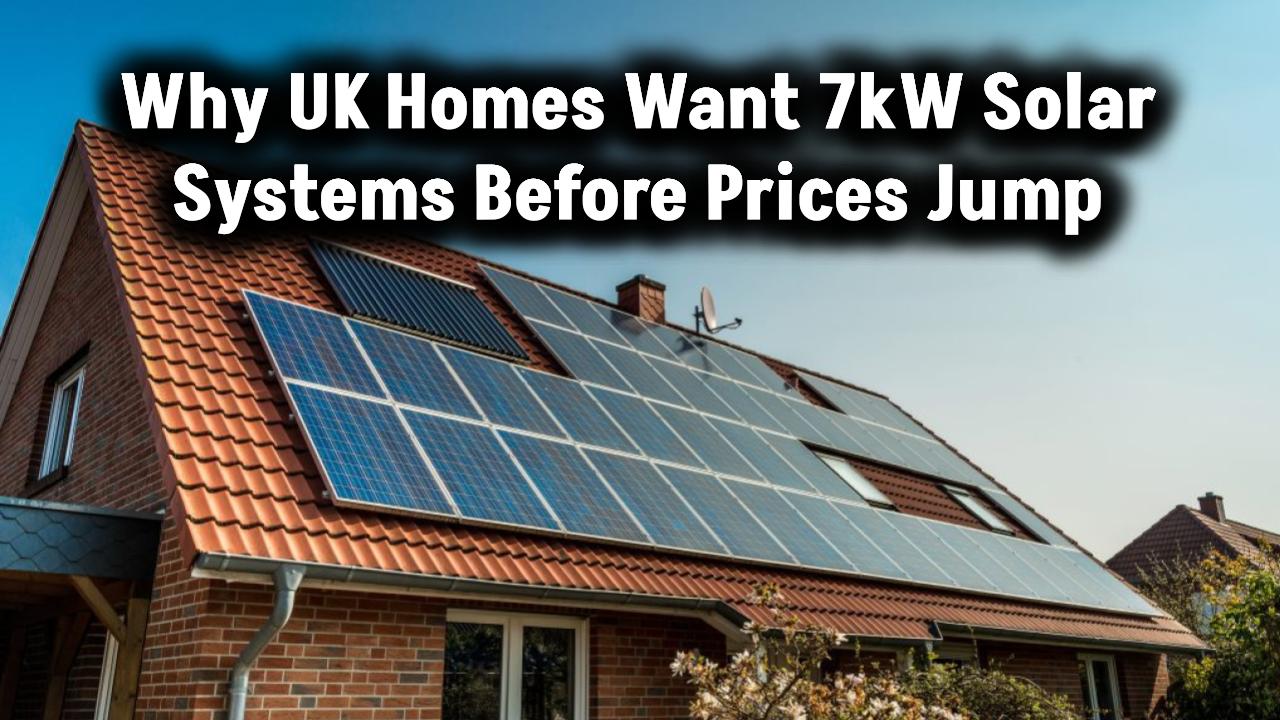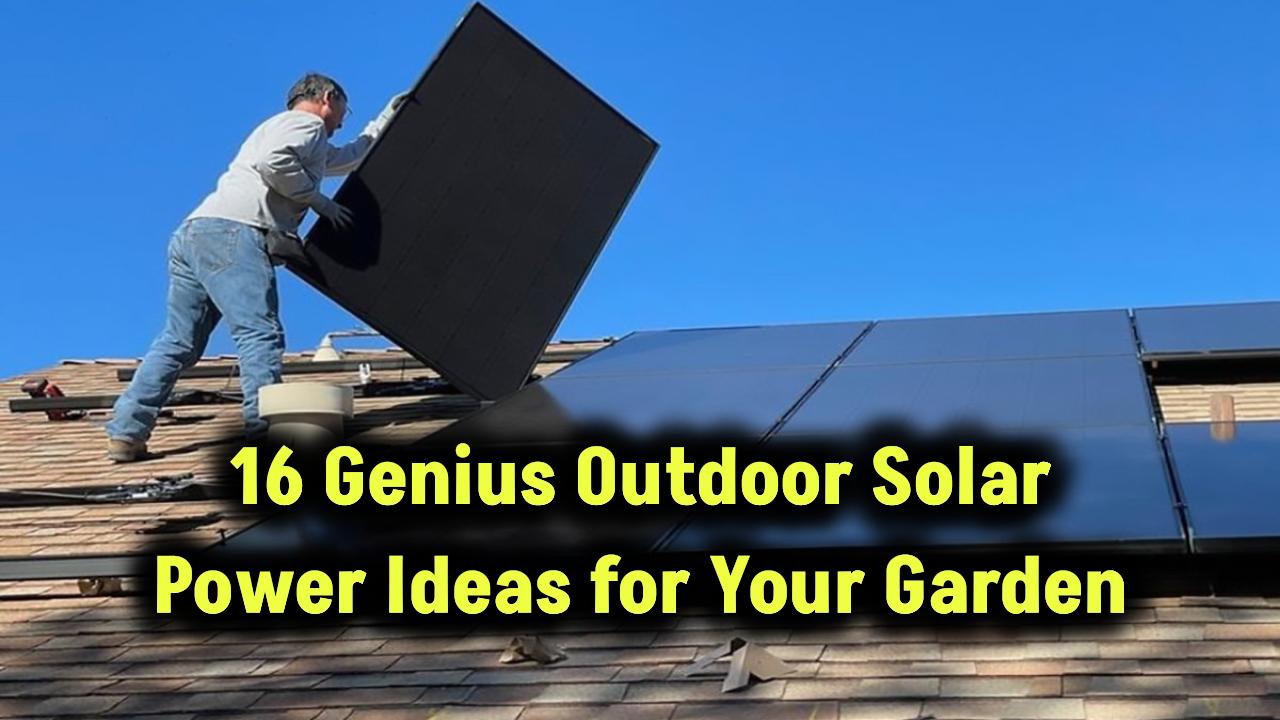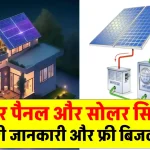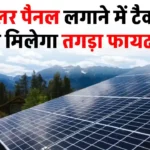
In a powerful move toward Europe’s clean energy goals, Vopak—a global leader in energy storage—has officially acquired BayWa r.e.’s largest battery energy storage project in the northern Netherlands. This deal not only marks a major milestone in Vopak’s green energy strategy but also represents a pivotal moment for Europe’s energy transition efforts.
The project, originally developed by BayWa r.e.’s Dutch subsidiary GroenLeven, is a 300-megawatt (MW) battery storage system ready for construction. Located strategically in Eemshaven, a key energy hub near the North Sea, the system is designed to provide essential grid stability services, store excess renewable energy, and ease the shift away from fossil fuels.
Why This Project Matters
The Clean Energy Transition Needs Storage
Europe is undergoing a massive energy transformation, and battery storage systems are the backbone of this change. With solar panels and wind turbines generating power only when the sun shines or wind blows, energy supply can become unpredictable. That’s where Battery Energy Storage Systems (BESS) come in—they store power when it’s plentiful and release it when demand peaks.
Vopak’s entry into the battery storage sector underscores the growing importance of flexible storage infrastructure in decarbonizing the energy mix. By 2030, Europe aims to generate at least 42.5% of its energy from renewables, and storage will be crucial in achieving that.
Who’s Who: Vopak and BayWa r.e.
Vopak
Royal Vopak, based in the Netherlands, is best known for its role in storing oil, chemicals, and gases. But lately, Vopak has been shifting gears—divesting fossil fuel assets and investing in hydrogen, CO₂ storage, and now battery energy storage. The company is responding to new demands for clean, secure, and flexible energy infrastructure.
This acquisition marks Vopak’s first utility-scale battery storage project, and it aligns with their public goal of reducing their carbon footprint and becoming a key player in the new energy economy.
BayWa r.e.
On the other hand, BayWa r.e. is no stranger to green energy. Headquartered in Germany, the company has over a decade of experience in renewable project development, with solar, wind, and storage facilities across the globe.
For BayWa r.e., selling this flagship storage project frees up capital to expand further in European markets, especially with newer battery projects in development.
What Makes the Eemshaven Battery Project Unique?
Prime Location for Renewable Integration
Eemshaven is not just any port town—it’s a critical energy corridor, linking offshore wind farms in the North Sea with the mainland grid. The site is already home to data centers, power plants, and high-voltage infrastructure. That makes it an ideal place to install large-scale battery systems.
Permits, Grid Connection, and Land
One of the biggest hurdles in launching utility-scale storage is getting the paperwork in order. This project comes with:
- Land already acquired
- Confirmed connection to TenneT’s high-voltage grid
- Full environmental and construction permits
This means Vopak can hit the ground running, with construction expected to begin in early 2026.
Technical Details
Lithium-Ion Technology
The system will be based on lithium-ion battery technology, the most widely used storage tech today due to its scalability, efficiency, and falling cost. It can charge and discharge rapidly, which is perfect for supporting grid fluctuations.
Frequency Regulation and Peak Shaving
The battery will provide critical services like:
- Frequency control: Helping to stabilize the grid when demand spikes or drops suddenly.
- Peak shaving: Reducing the need for expensive, polluting peaker plants by discharging power during high-demand periods.
- Time-shifting renewables: Storing excess solar or wind power and dispatching it at night or during calm weather.
These capabilities make the system a financial and environmental win-win.
Strategic Impacts on Europe’s Energy Future
Supporting the North Sea Wind Boom
The European Union plans to deploy at least 300 GW of offshore wind by 2050, much of it in the North Sea. The Netherlands alone aims for 21 GW by 2030. That’s a huge influx of intermittent power, and Eemshaven will be one of the gateways to bring that energy onshore.
Battery storage at this site will ensure that energy doesn’t go to waste—and that the grid can absorb the highs and lows of wind generation.
Aligning with EU Green Deal Goals
This acquisition directly supports the EU Green Deal, which calls for a climate-neutral Europe by 2050. It also complements Dutch national goals for reducing carbon emissions by 55% by 2030 compared to 1990 levels.
What’s Next for Vopak and BayWa r.e.?
For Vopak
The company has signaled it will continue to grow its clean energy storage business. That could include more battery projects, hydrogen terminals, or carbon capture and storage (CCS) sites in the near future.
For BayWa r.e.
According to COO Daniel Gäfke, this project was just the beginning. The company is already working on new battery energy storage solutions in Germany, Italy, and the Nordics, armed with the experience and profits from this landmark deal.
Avangrid Pledges $41 Million to Modernize New York’s Aging Power Grid Infrastructure
(FAQs)
Q1: Why did Vopak buy a battery project?
A: Vopak is diversifying from fossil fuels to green energy. Battery storage offers revenue and supports the energy transition.
Q2: Why is the Eemshaven location important?
A: It’s a major energy hub connected to offshore wind farms and has grid access through TenneT.
Q3: What kind of battery technology will be used?
A: Lithium-ion, known for high energy density, efficiency, and rapid response time.
Q4: When will the battery be operational?
A: Construction starts in 2026, with operations expected by 2027.
Q5: What services will the battery system offer?
A: Grid balancing, frequency regulation, renewable energy storage, and peak shaving.
Q6: How does this help fight climate change?
A: It reduces reliance on fossil fuel backup systems and helps integrate more renewables into the grid.








